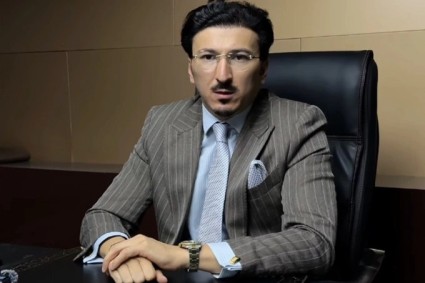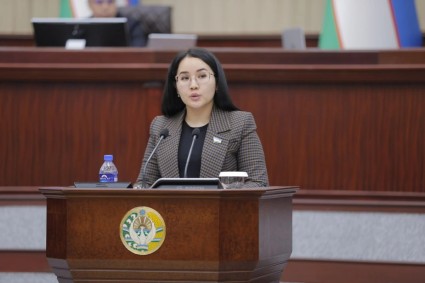Director Eric Catalfamo and Cultural Property Analyst Ann Compton of the Cultural Heritage Center of the Bureau of Educational and Cultural Affairs of the US Department of State visited Uzbekistan for 9 days to deepen cultural ties.
The guests participated in meetings and visited sites in preparation for the Uzbek government's request for a bilateral agreement on cultural property for archaeological and ethnological materials. If approved, the agreement would place restrictions on the entry of certain types of cultural property into the United States and provide a framework for increased cooperation. These restrictions prevent stolen items from entering the United States and make it easier for the United States to return those items to their country of origin.
Cultural property is a unique non-renewable resource that is important for studying the diversity of human history and cultures. Common types of cultural property include archaeological artifacts, rare manuscripts, and items used in ceremonies. These sites may be important to the identity and customs of a community, recognized as part of the cultural heritage of a group, and protected by law or tradition. The Cultural Heritage Center (CCH) plays a central role in developing US policies and programs to protect cultural property from illicit trafficking and to facilitate the legal exchange of cultural property for international exhibition and research.
Before deciding to enter into an agreement, the CDC conducts an in-depth study of the country's cultural heritage. The CDC delegation met with national authorities involved in the protection and management of cultural heritage, as well as law enforcement agencies responsible for the observance and enforcement of the laws of Uzbekistan.
During their visit, Catalfamo and Compton met with officials from the Ministry of Tourism and Cultural Heritage, Uzbek Customs, the Prosecutor General's Office, and other stakeholders to develop a roadmap to reach an agreement on cultural property.
“We were happy to be in Uzbekistan to see firsthand its incredibly rich cultural heritage, and we applaud the government's efforts to preserve and protect it,” said Eric Catalfamo.
Twenty-five countries have entered into cultural property agreements with the United States and have increased collaboration with American counterparts in conservation practices, historic preservation management, museum loans for international exhibitions, care and management of museum collections, and site security.














